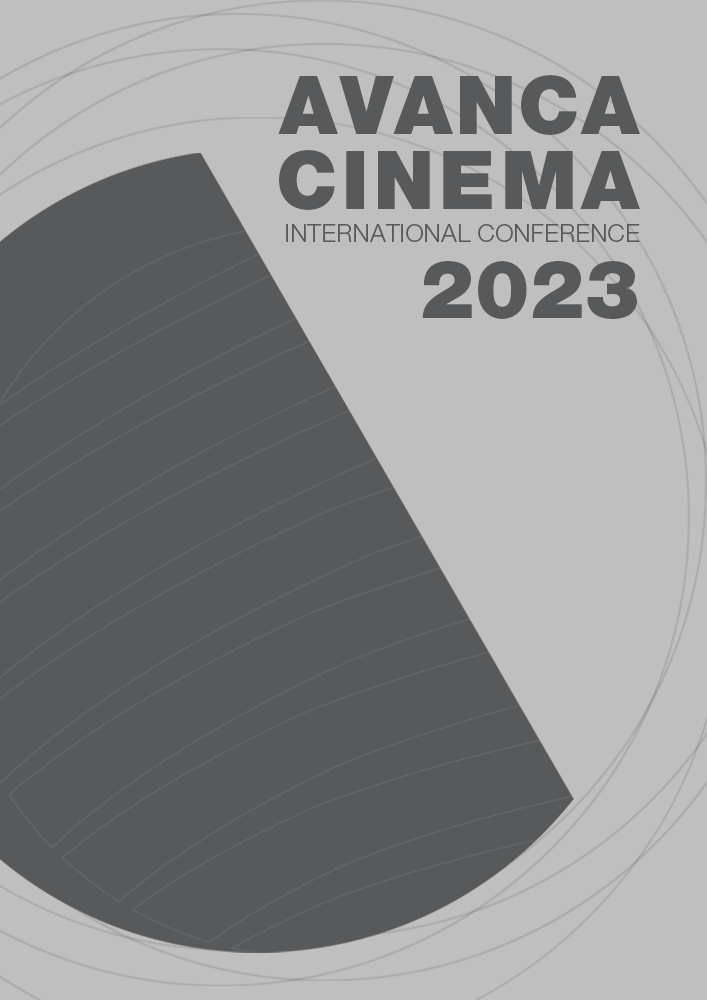Capítulo I _ Cinema – Arte
Uma perspectiva cinematográfica sobre a caminhada Imemorial - Passos no Cativeiro
Resumo
The way light is captured on film emulates the physics of looking. An essential part of the cinematographic process is a derivation of the human act of being and looking at the world. And in fact, many shots and the language of cinema also inherit from the human body and its movement, that particular way of perceiving the world. If in cinema the spectator’s body is fixed and relatively static, scrutinizing the surface of the screen, and delegating the movement to the camera and subsequent editing, in the walk the spectator’s body participates in the movement, almost like a dolly camera in continuous recording. O flanêur de Paris is symptomatic in its peculiar way of observing and exploring the urban landscape.
In this paper we will analyze parallels between the walk and the cinematographic language, using for that the performative walk, Imemorial - Steps in captivity, which took place in Lisbon between March and July 2022. The spectators/participants went through the walk immersed in a soundscape, a mix of narration, ambient sound and music that they listened to through noise reduction headphones connected to mp3 players. A guide/performer, the cicerone, led the groups through Lisbon’s riverfront, guiding the participants’ gaze through gestures and small performative actions. Using as inspiration and starting point a work in progress version of the walk in video film, we will highlight these parallels through a fusion between the gaze of the walking spectator and the camera. Can we speak of an expanded walk?

Este trabalho encontra-se publicado com a Licença Internacional Creative Commons Atribuição 4.0.

